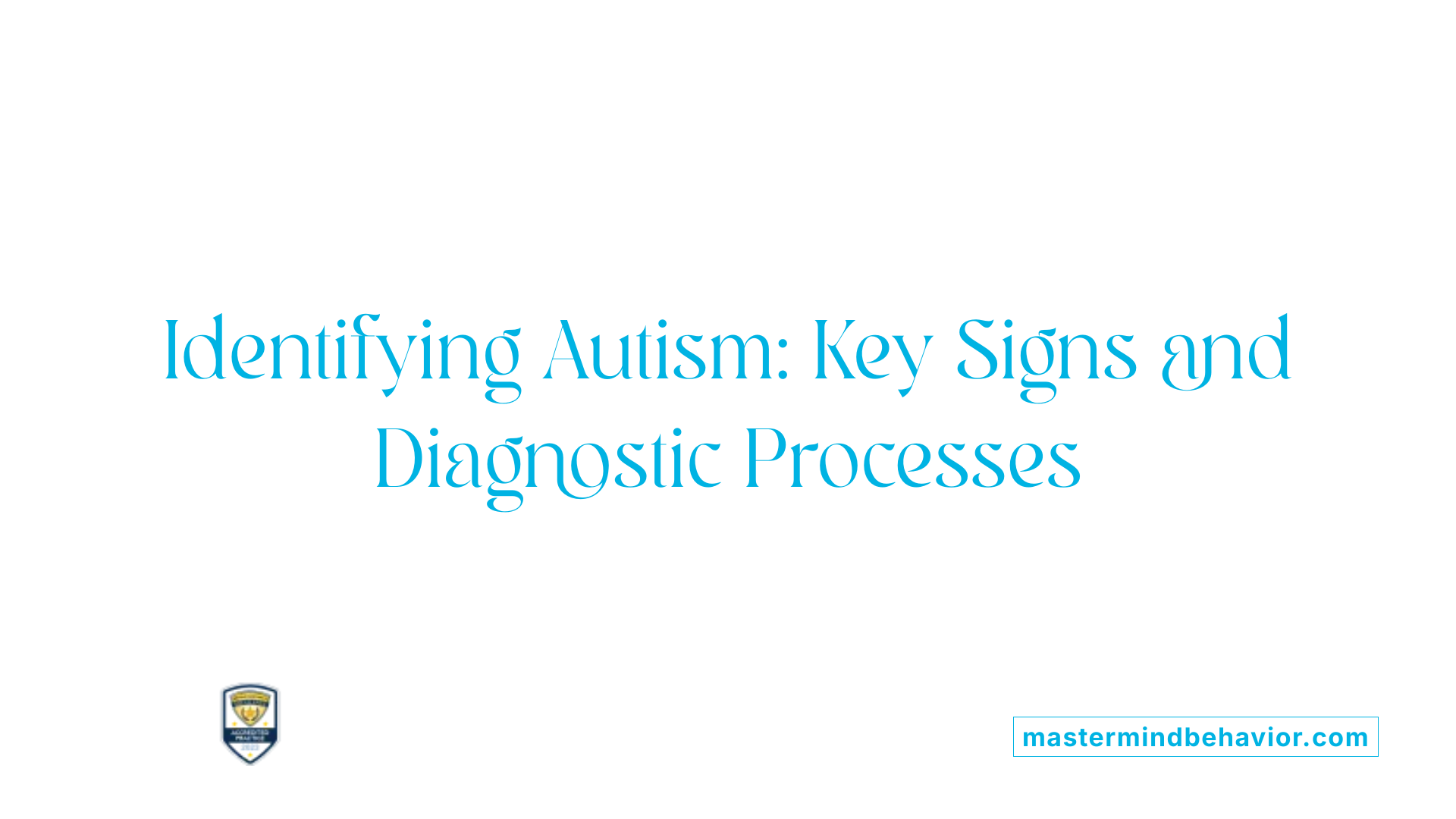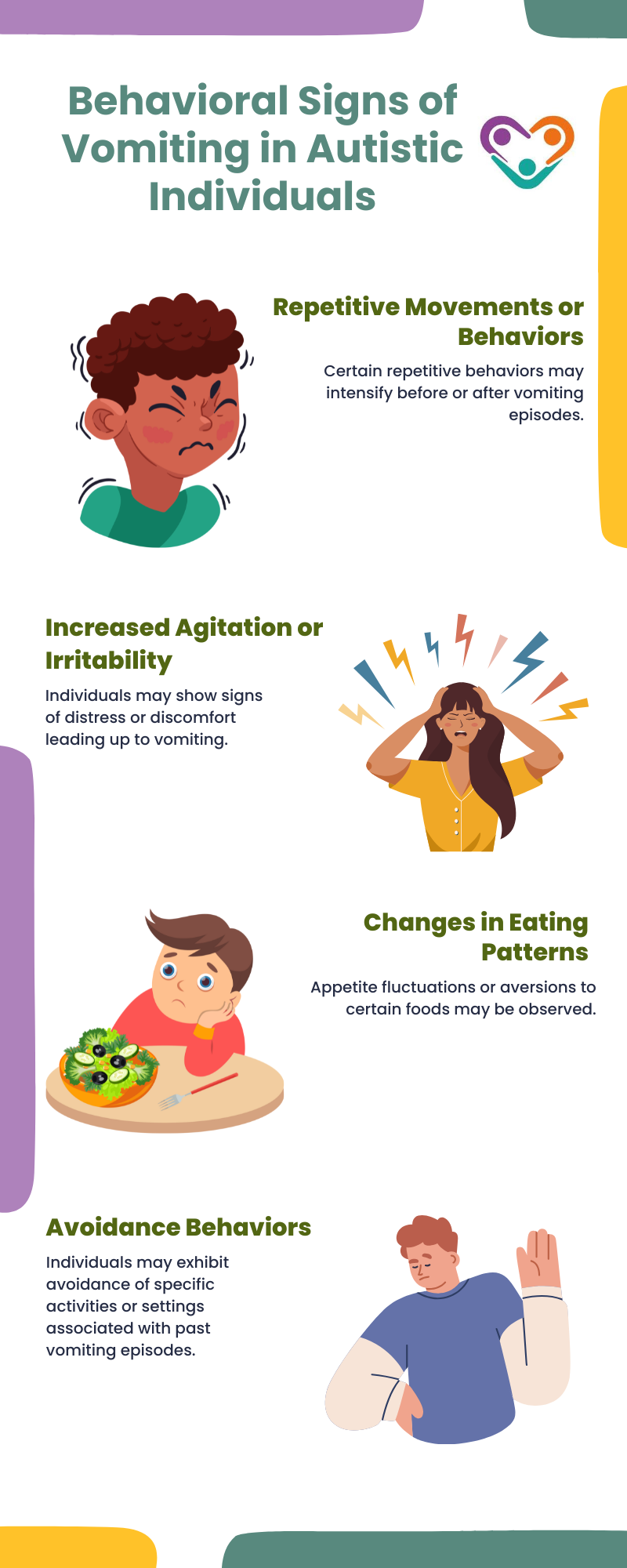Understanding the Effect of Behavioral Autism on Every Day Life and Social Communications
You might not understand how deeply behavioral autism affects day-to-day life and social interactions. People on the spectrum frequently browse a globe loaded with communication difficulties and sensory overload. These difficulties can lead to aggravation and seclusion, impacting their partnerships and overall health.
Defining Behavior Autism and Its Characteristics
Behavior autism, often described as autism spectrum disorder (ASD), incorporates a variety of problems defined by obstacles in social interaction, interaction, and repeated behaviors. You could notice that individuals with ASD typically battle to interpret social signs, which can cause misconceptions in conversations. They may locate it hard to establish eye contact or participate in tiny talk, making social circumstances feel frustrating.
Interaction difficulties can manifest in various ways, from postponed speech growth to a choice for making use of less words. By identifying these qualities, you can promote an atmosphere that promotes acceptance and encourages effective interaction, aiding people with autism prosper in their everyday interactions.
The Range of Autism: Comprehending Variability in Behavior
Autism spectrum condition (ASD) isn't a one-size-fits-all medical diagnosis; it differs extensively amongst individuals. You may experience individuals that are extremely spoken and involve easily in discussions, while others may prefer singular activities or interact non-verbally.
In addition, the way individuals with ASD respond to sensory input can vary considerably; some may be bewildered by loud sounds or brilliant lights, whereas others prosper in stimulating environments. The range additionally consists of distinctions in social communications; some people might struggle to analyze social signs, while others navigate social setups with relative simplicity. Understanding this irregularity is vital, as it assists you value everyone's unique experience and tailor assistance to their certain requirements, fostering an extra inclusive environment for every person.
Interaction Challenges Faced by People With Autism
When you interact with individuals on the autism range, you may discover their one-of-a-kind communication obstacles. They frequently face problems with both verbal and nonverbal signs, which can influence their social communications. Understanding these barriers is important for fostering better connections and assistance.

Verbal Interaction Troubles
Numerous people on the autism range experience spoken communication difficulties that can significantly affect their day-to-day communications. You could find it challenging to express your thoughts, feelings, or requires plainly. This can bring about aggravation for both you and those around you, as misconceptions occur. You may have problem with starting discussions, preserving a topic, or comprehending subtleties in speech. Commonly, you could favor making use of straightforward language or recurring expressions, which can restrict your capability to participate in much deeper conversations. Your volume, tone, or pace could not straighten with social assumptions, triggering others to misinterpret your purposes. Recognizing these challenges can aid you and your assistance network create techniques to improve communication and promote better links with others in your life.
Nonverbal Interaction Barriers
Verbal communication isn't the only difficulty people on the autism range face; nonverbal interaction obstacles can be simply as substantial. These obstacles can lead to misunderstandings or false impressions of social signs, making interactions feel overwhelming or confusing. By dealing with nonverbal communication, you can find techniques to improve your social experiences and enhance your total quality of life.
Social Communication Effects
Social communications can often feel frustrating as a result of the special interaction challenges encountered by individuals with autism. You might battle with interpreting social hints, making it tough to comprehend mockery or body movement. This can cause misunderstandings or awkward minutes in conversations. Furthermore, initiating and keeping conversations may feel difficult, causing anxiety in social circumstances. You might like structured environments, making spontaneous communications unpleasant. It's likewise typical to experience trouble in involving in tiny talk, which can impede developing brand-new friendships. Identifying these obstacles can aid you discover methods to enhance communication, such as practicing social abilities in risk-free settings or using aesthetic help - Autism Therapist. Understanding your needs allows you to browse social interactions with better self-confidence and simplicity.
Social Communication and Relationship Building in Autism
While structure connections can be testing for individuals with autism, comprehending their one-of-a-kind point of views and communication styles can promote significant links. You may discover that numerous people on the range favor direct interaction and might fight with social signs or tiny talk. By being uncomplicated in your interactions, you can help produce an atmosphere where they really feel comfy.
Take the time to listen and observe how they reveal themselves. This understanding can guide you in steering discussions better. Involving in shared interests can likewise work as a bridge to much deeper links. Whether it's a hobby, a preferred show, or a common passion, these usual strings can open up doors to friendship.
Day-to-day Live Routine: Browsing Strategies and obstacles
Steering every day life routines can be specifically challenging for individuals with autism, specifically when unforeseen changes happen. You may find convenience in having an organized timetable, as it assists you expect what's next. It's normal to feel overwhelmed or distressed when interruptions occur. To navigate these obstacles, think about implementing aesthetic schedules or lists. These tools can offer quality and peace of mind.
Developing a regimen that consists of sensory breaks can additionally be beneficial. This aids create an understanding atmosphere.
Finally, technique mindfulness methods to take care of stress and anxiousness. Easy breathing workouts or grounding strategies can make a substantial difference. By incorporating these methods, you can enhance your day-to-day regimen and lessen disruptions, making life feel extra workable.
Toughness and Capabilities of People on the Autism Spectrum
Comprehending day-to-day live regimens is simply one element of the autism experience. Numerous people on the autism spectrum have click resources remarkable staminas and capabilities that establish them apart. You might find that your focus to information is remarkable, allowing you to master tasks that need precision and emphasis. Your capacity to believe outside package can lead to ingenious solutions in different circumstances.
Moreover, your memory skills often beam, specifically in areas of interest. Autism Behavioral Therapy. This knack for retaining info can make you a useful source in areas like art, science, or modern technology. You may additionally exhibit strong see this page aesthetic reasoning, allowing you to picture complicated principles and fix troubles creatively
Furthermore, your unique perspective on the globe can promote compassion and understanding in others, enhancing social communications. Accepting these strengths not only increases your confidence but additionally assists others appreciate the diverse skills you offer the table.
Producing Comprehensive Atmospheres for Individuals With Autism
Producing inclusive atmospheres for people with autism starts with designing sensory-friendly spaces that satisfy their distinct requirements. You can also cultivate chances for social interaction, aiding to construct relationships and connections. By making these adjustments, you'll add to an extra inviting environment for everyone.
Creating Sensory-Friendly Spaces
While making sensory-friendly spaces, it's crucial to assess the unique needs of individuals with autism. Begin by choosing calming shades and soft illumination to produce a comforting environment. When overwhelmed, include silent zones where people can pull away and recharge. You'll intend to minimize loud sounds and interruptions, making use of soundproof products or white noise devices to assist maintain tranquility. Consider responsive elements like soft textiles or fidget-friendly objects that can offer comfort. Determine that areas are adaptable, permitting simple rearrangement to suit different tasks. Finally, include visual timetables or clear signage to aid people browse the room confidently. By attentively incorporating these elements, you can create a welcoming environment that supports sensory demands and advertises total health.
Advertising Social Interaction Opportunities
Creating sensory-friendly spaces not just addresses specific comfort yet also sets the phase for meaningful social communications among individuals with autism. To promote these communications, produce comprehensive atmospheres that invite participation. Organize structured activities, like art courses or team video games, that encourage cooperation without frustrating sensory input. Usage aesthetic aids and clear communication to assist every person engage comfortably. Encourage peer mentoring, coupling people with autism with helpful peers who can assist them through social situations. Additionally, take into consideration hosting routine community events that celebrate neurodiversity, fostering approval and understanding amongst all participants. By executing these techniques, you can improve social opportunities, aiding individuals with autism construct relationships and reinforce their social abilities in the original source a safe, welcoming environment.

Often Asked Inquiries
Exactly How Can Friends Support Somebody With Behavioral Autism?
You can support a friend with behavior autism by being client, listening actively, and valuing their borders. Involve in tasks they appreciate, interact openly, and produce a comfortable atmosphere where they really feel valued and recognized.
What Resources Are Available for Parents of Kid With Autism?
You can explore numerous resources for parents of kids with autism, including support teams, academic internet sites, and regional social work. Linking with other parents can additionally offer valuable insights and shared experiences to assist navigate difficulties.
Can Behavioral Autism Change Over Time?

Yes, behavior autism can alter in time. You may see shifts in interaction, social abilities, and habits as your youngster grows. Early treatment and support commonly play crucial roles in these developmental modifications.
Just How Do Sensory Level Of Sensitivities Affect Daily Life?
Sensory level of sensitivities can make day-to-day experiences overwhelming. You could battle with loud noises or brilliant lights, causing tension or avoidance. Finding atmospheres that accommodate your requirements can significantly enhance your convenience and overall day-to-day life.
What Are Common Misconceptions Concerning Behavioral Autism?
You might assume behavioral autism just impacts communication skills, but it's even more facility. Numerous presume people lack compassion or knowledge, which isn't real. Understanding these misunderstandings helps foster approval and assistance for those on the range.
Behavior autism, usually referred to as autism spectrum condition (ASD), encompasses an array of conditions identified by challenges in social communication, communication, and recurring actions.Social interactions can frequently really feel overwhelming due to the unique interaction challenges dealt with by individuals with autism.Designing sensory-friendly rooms not just addresses specific convenience yet additionally establishes the phase for purposeful social communications among individuals with autism. Urge peer mentoring, coupling people with autism with encouraging peers that can guide them via social scenarios. By applying these strategies, you can boost social possibilities, aiding people with autism build friendships and reinforce their social skills in a secure, inviting atmosphere.